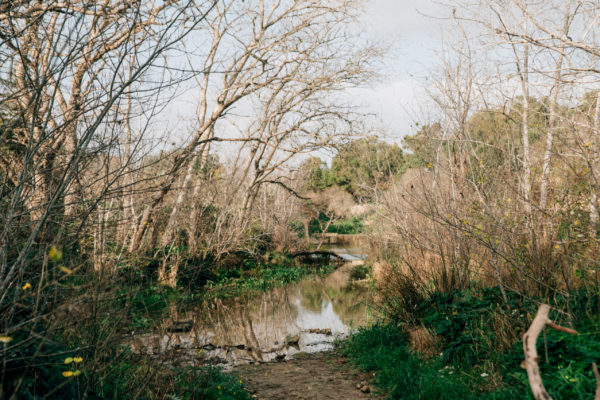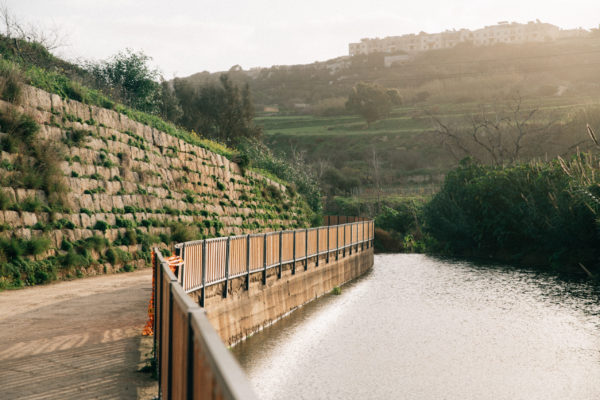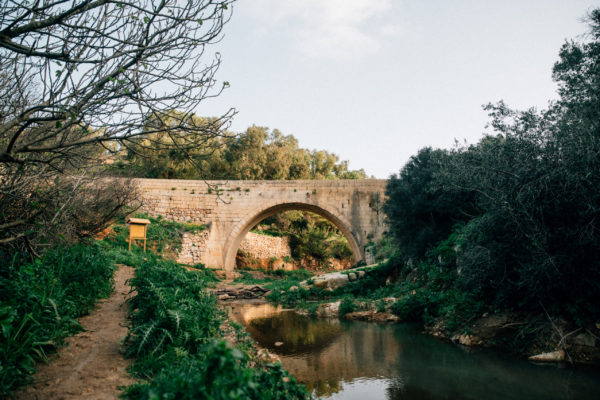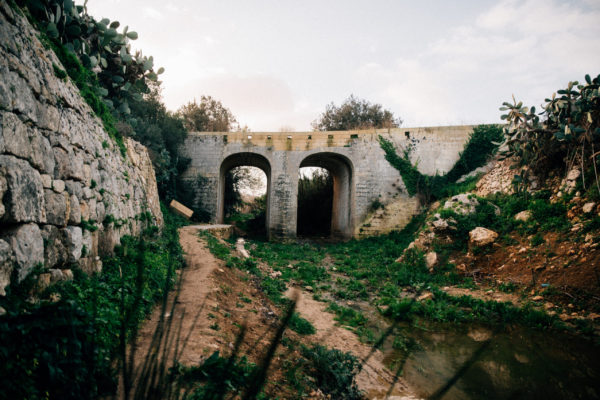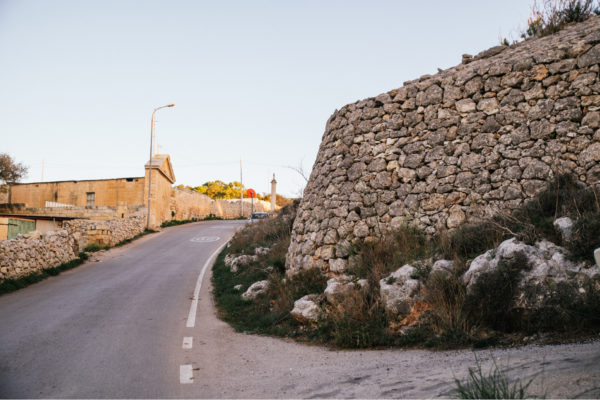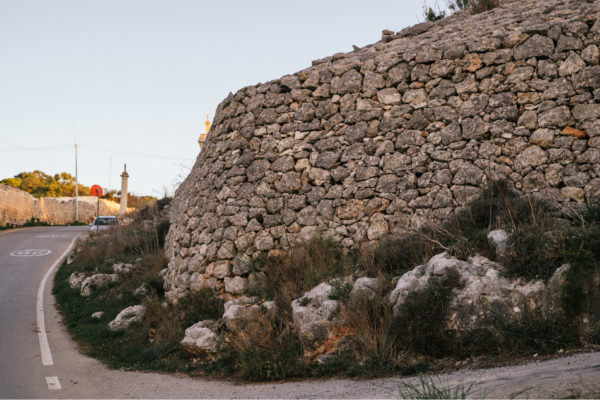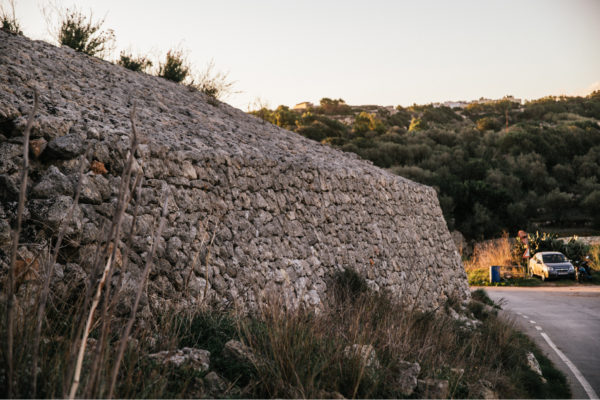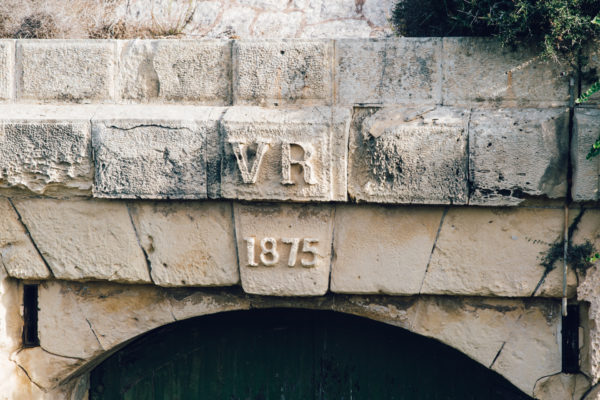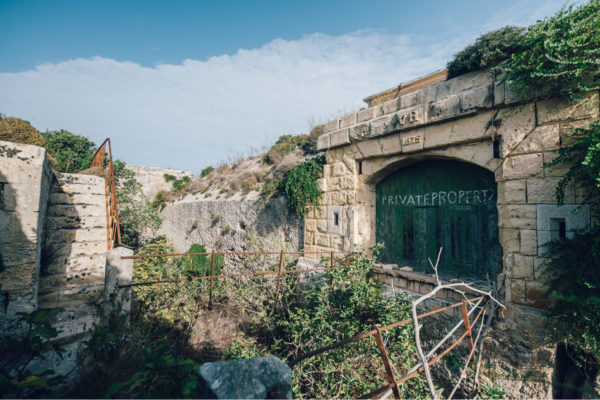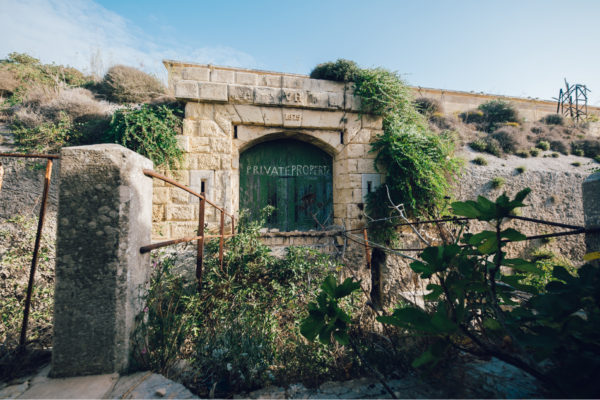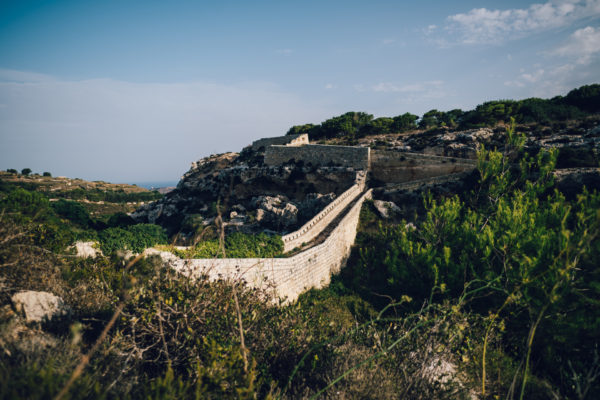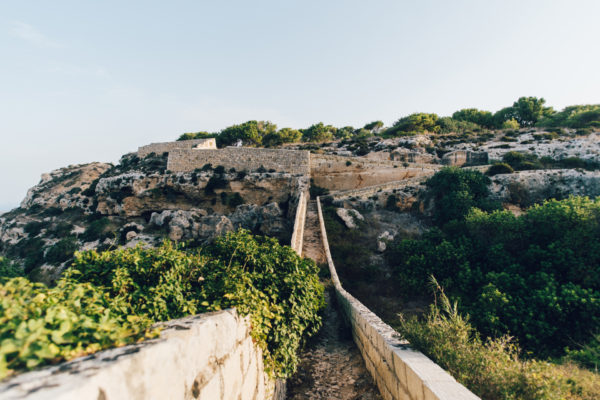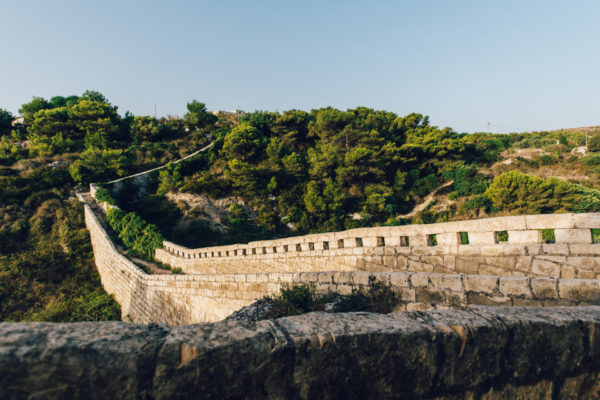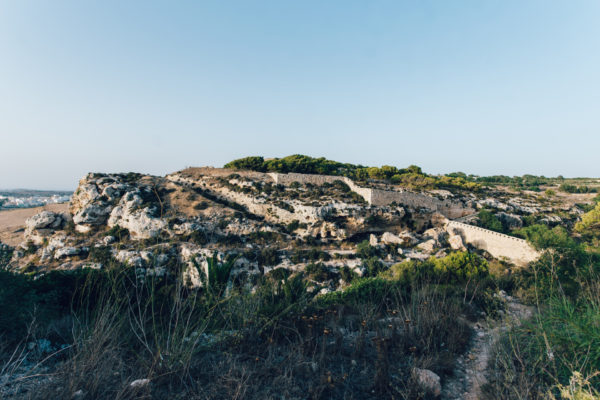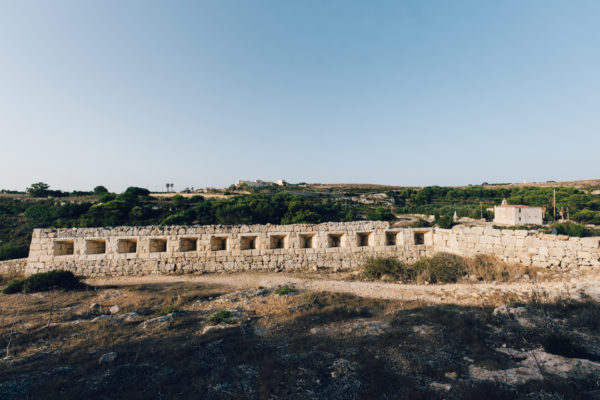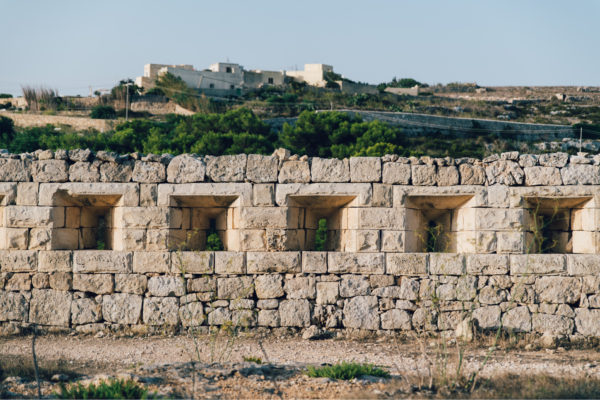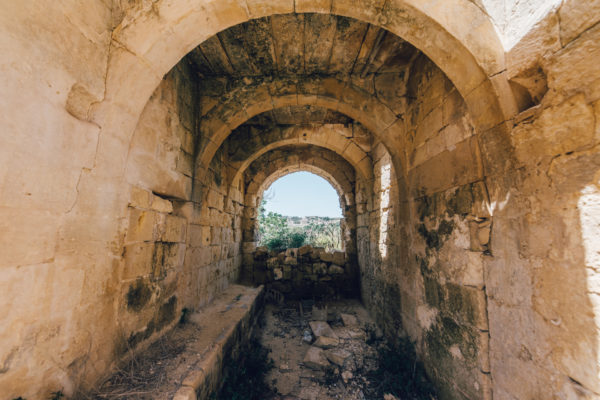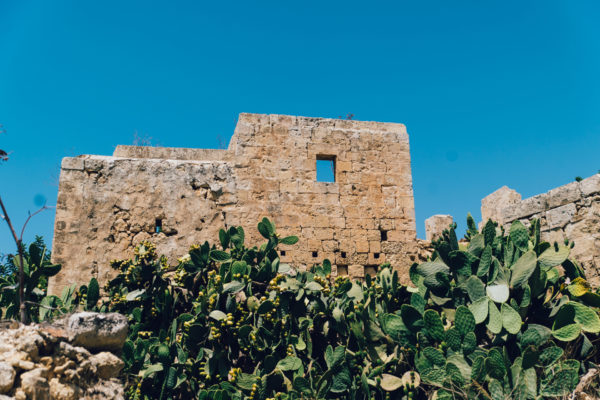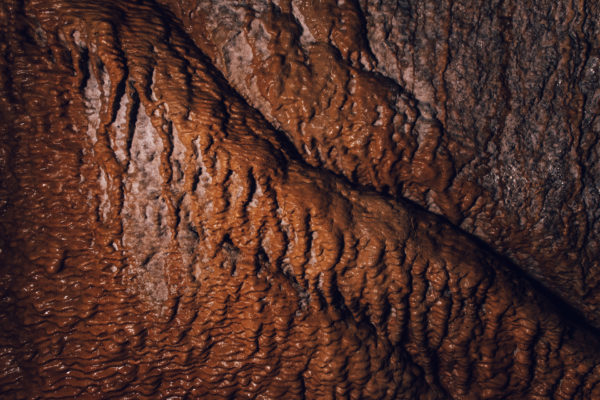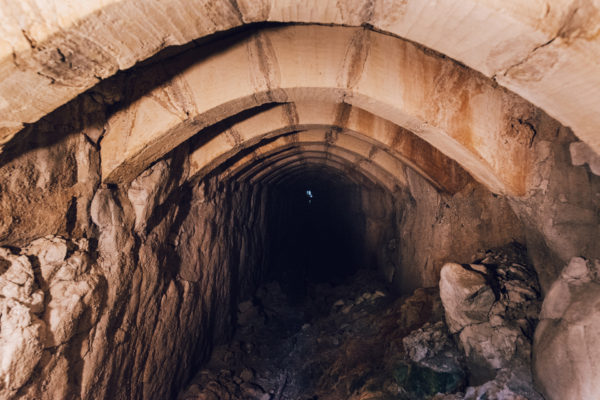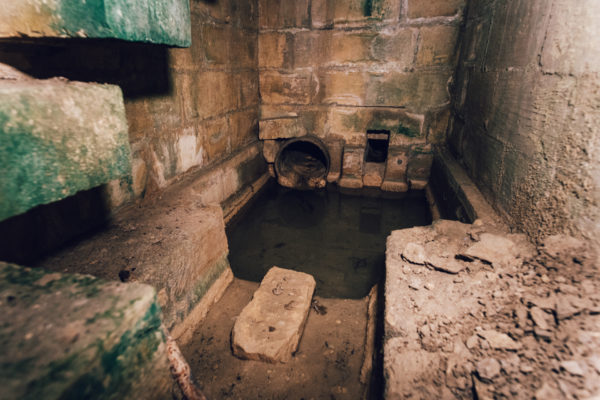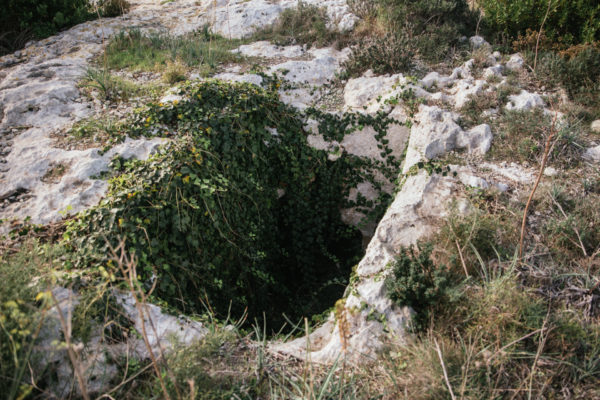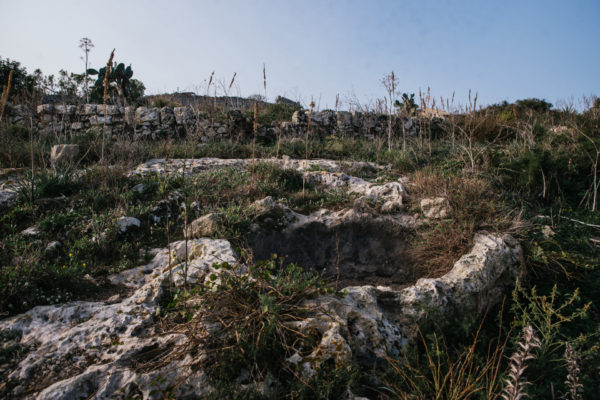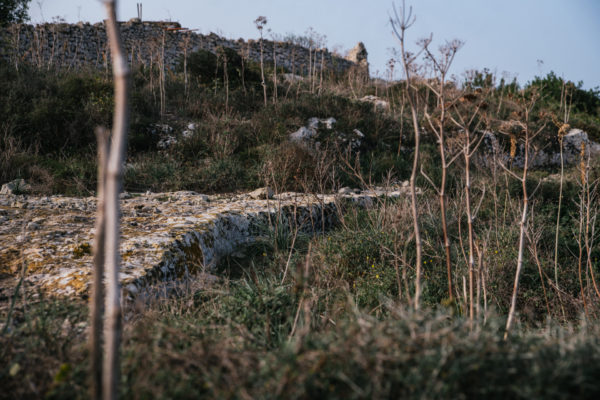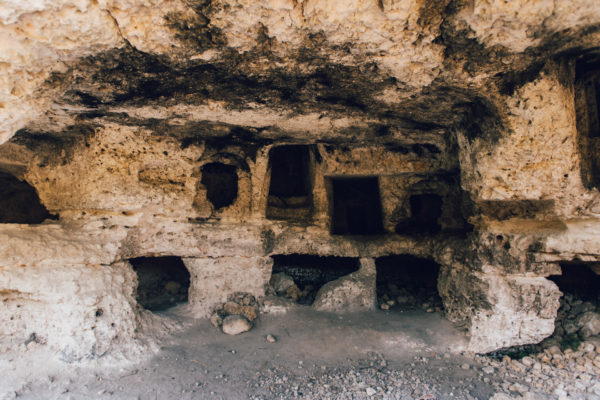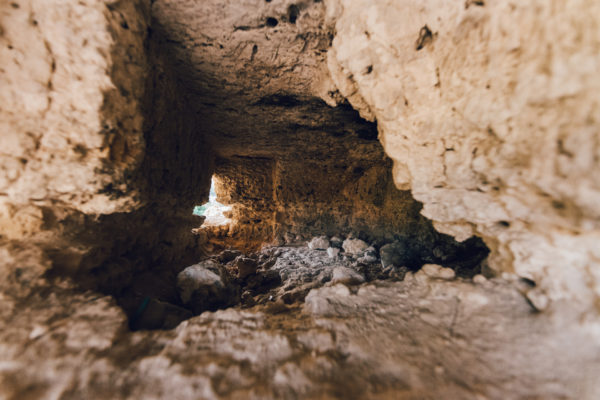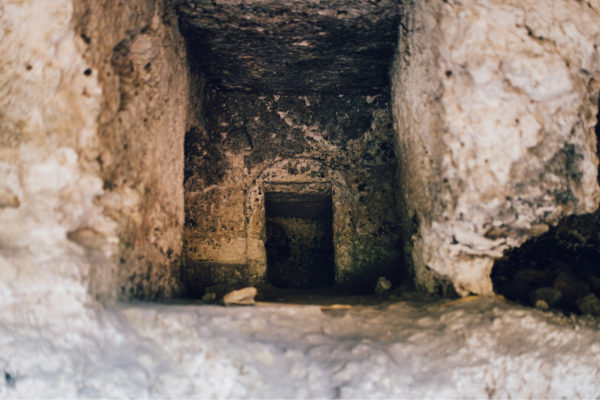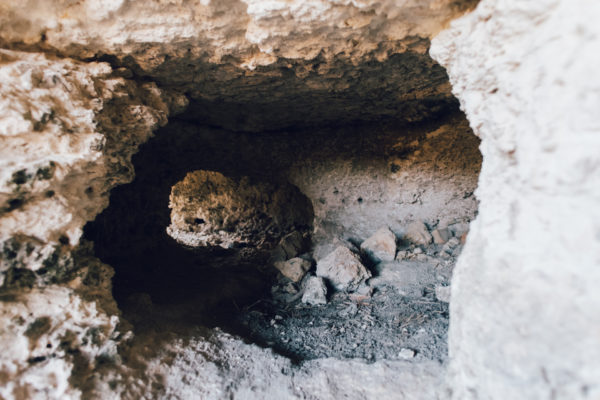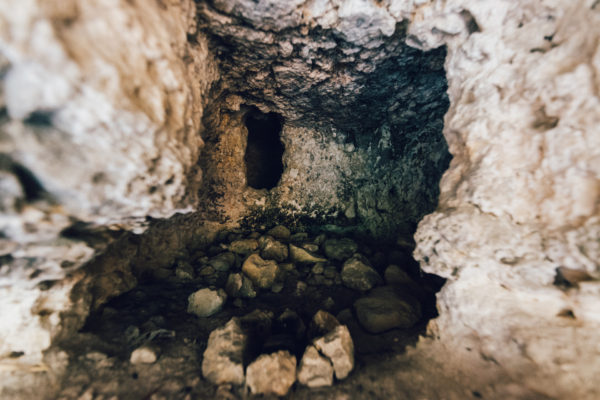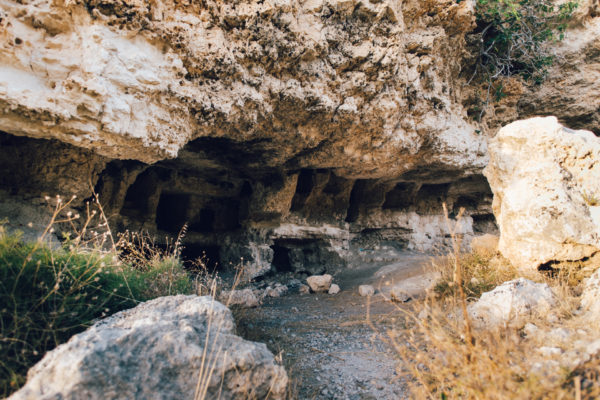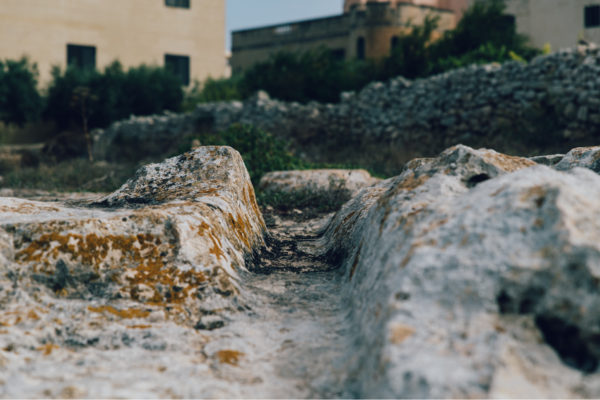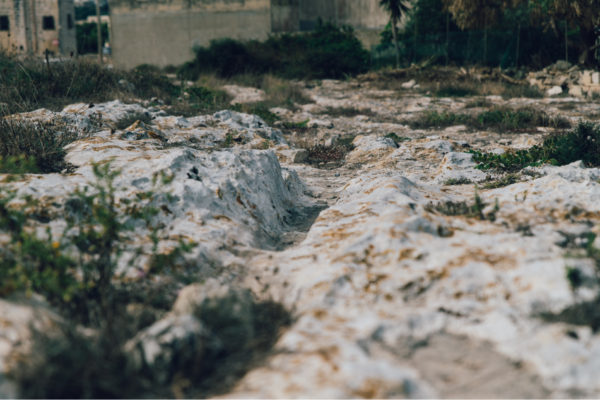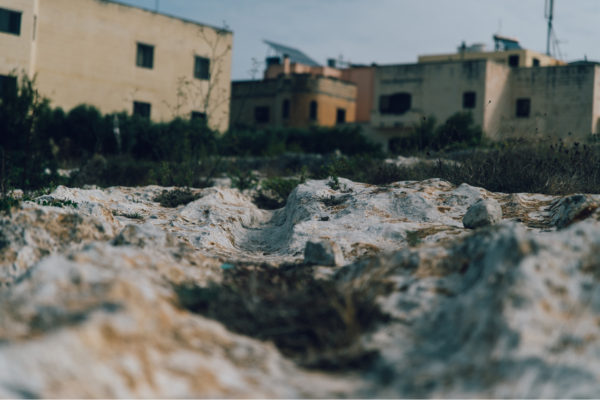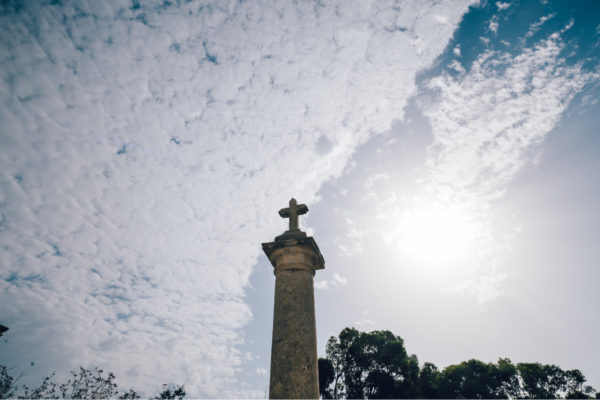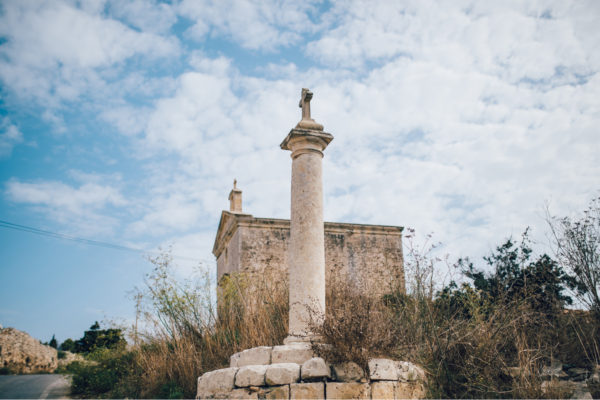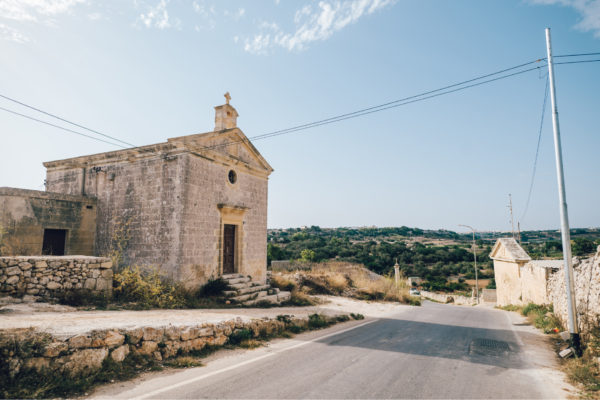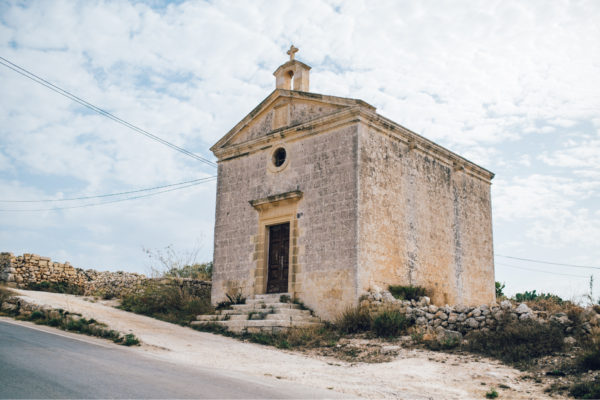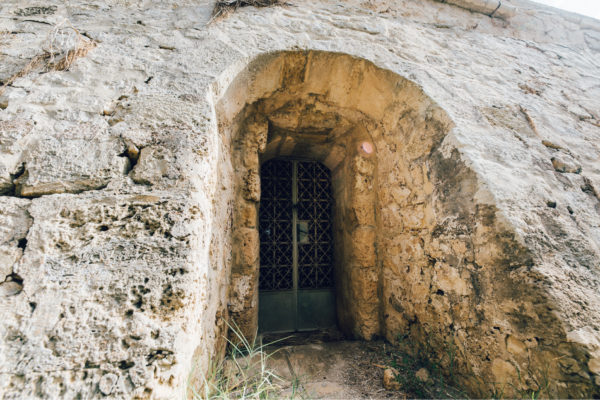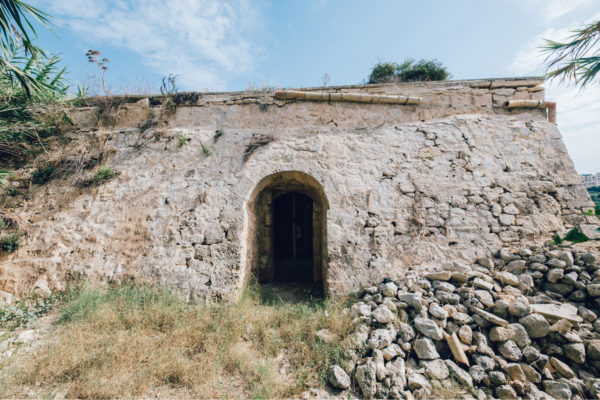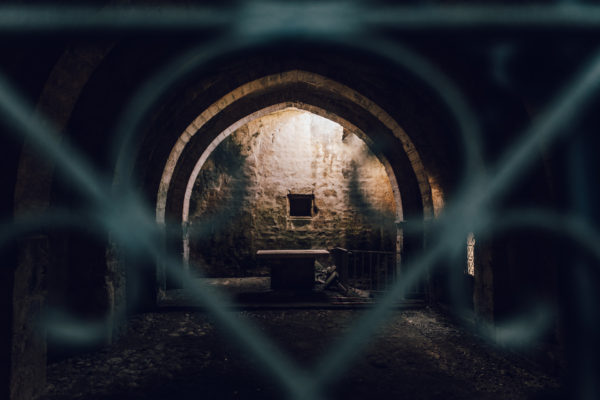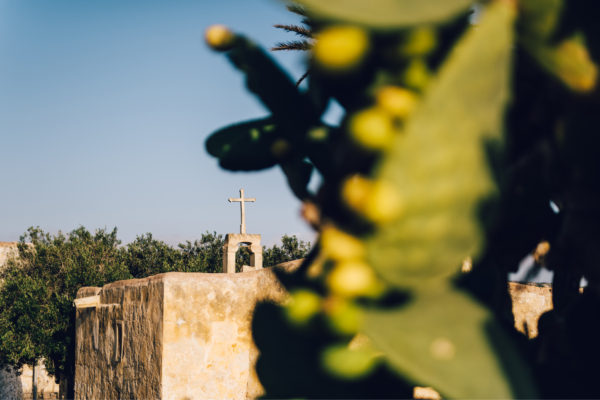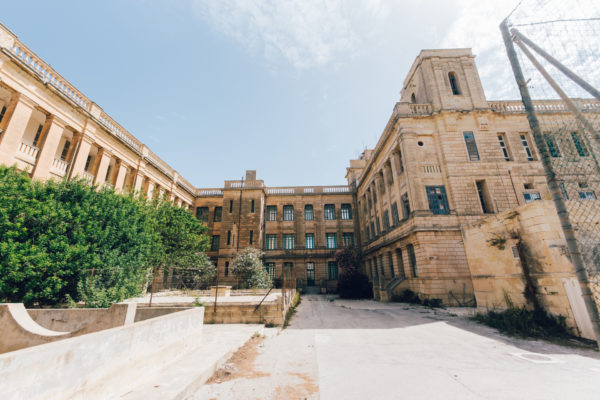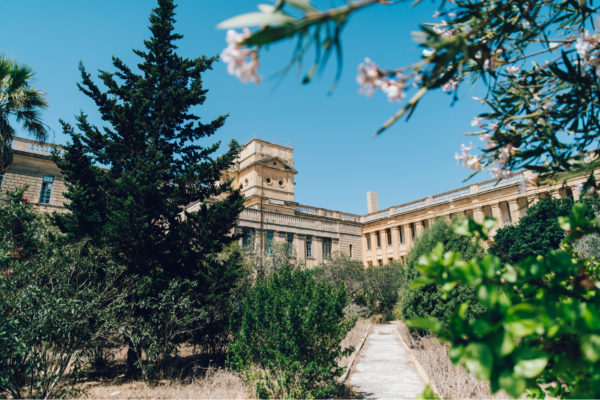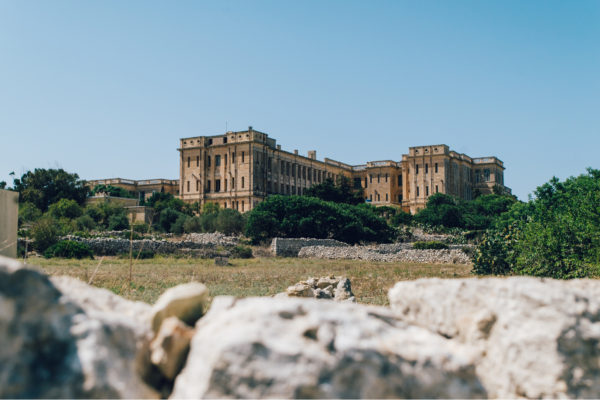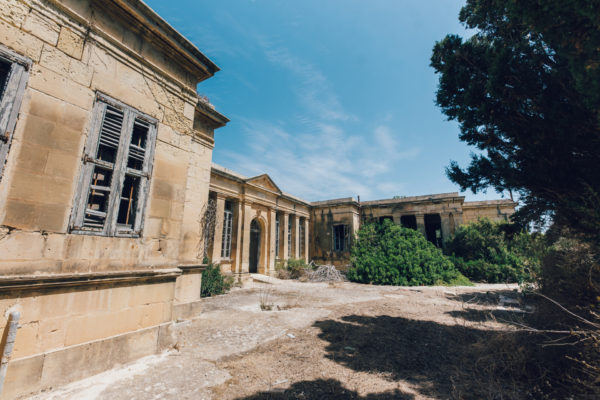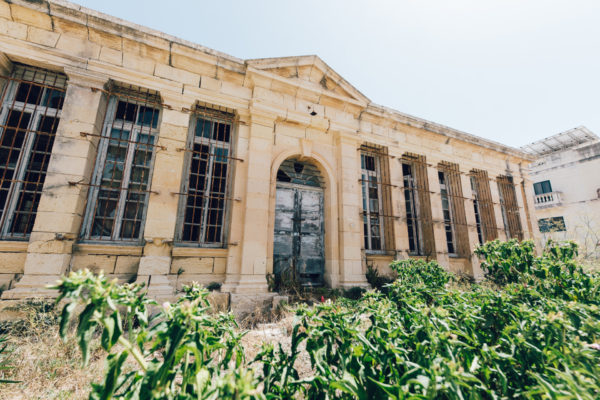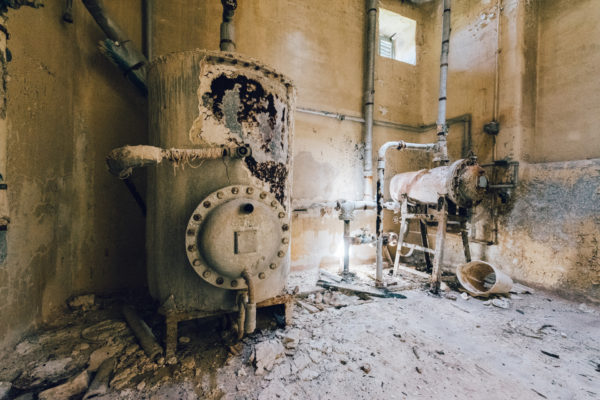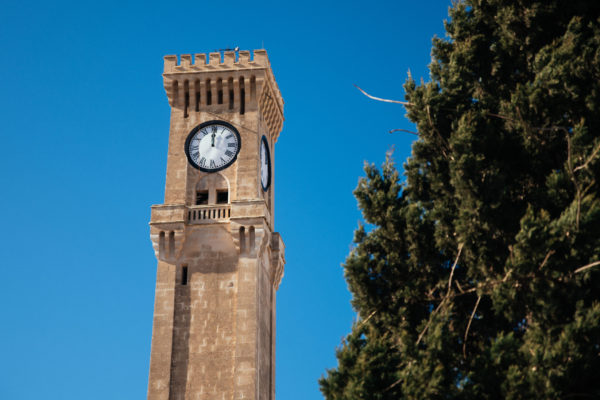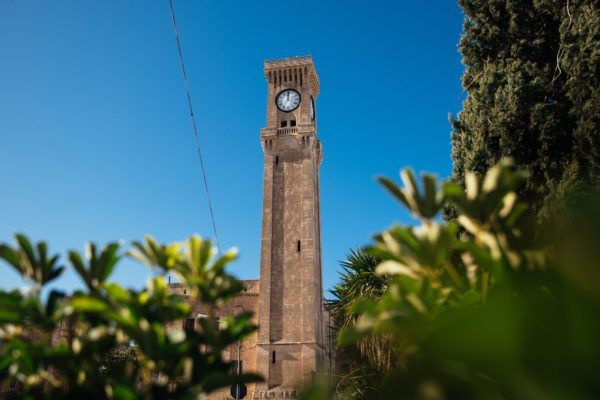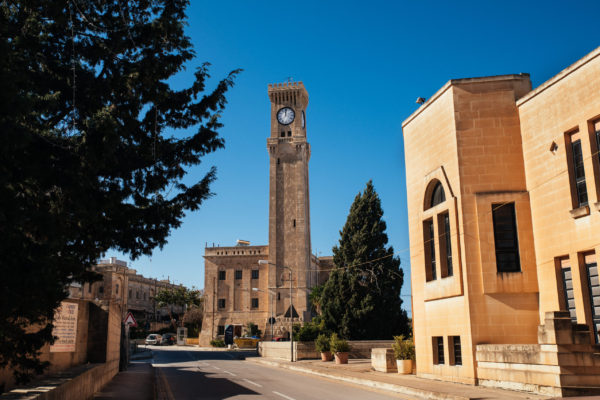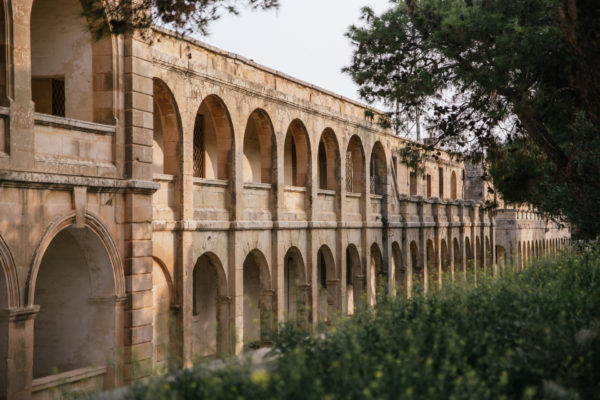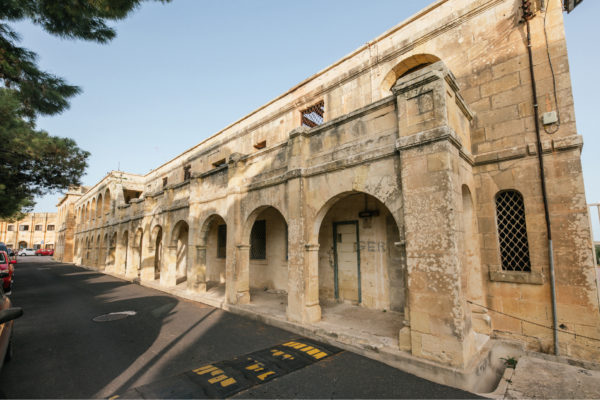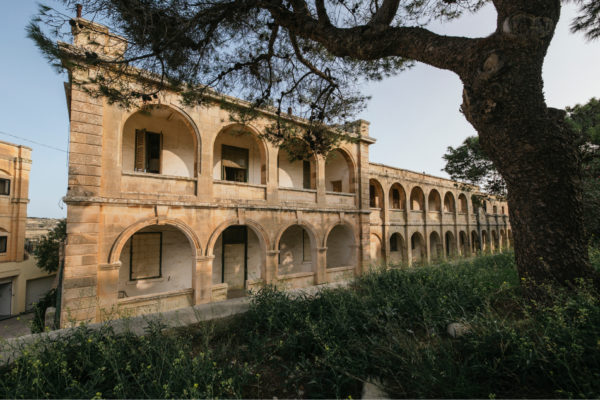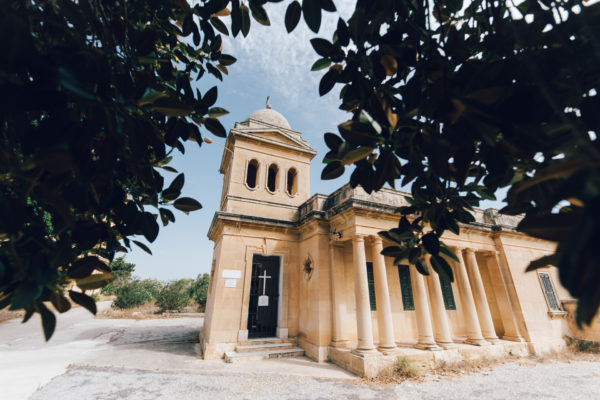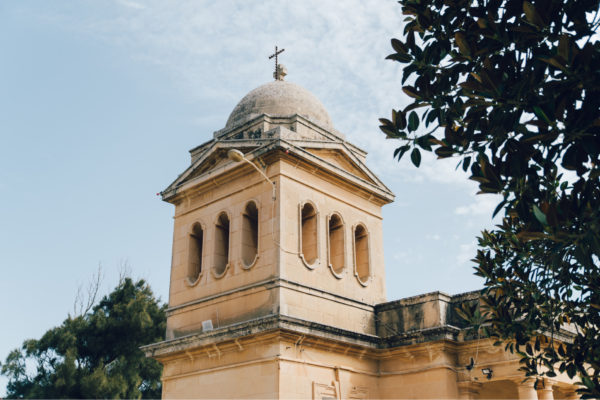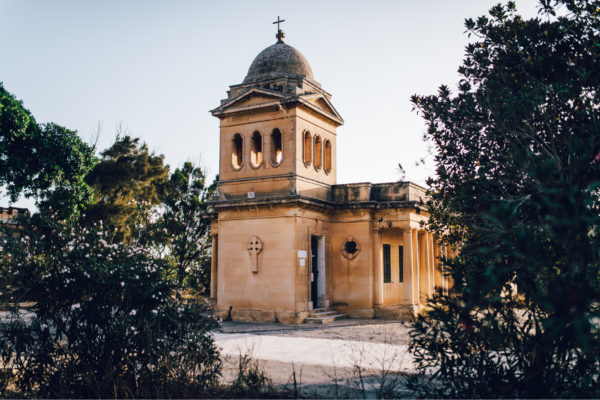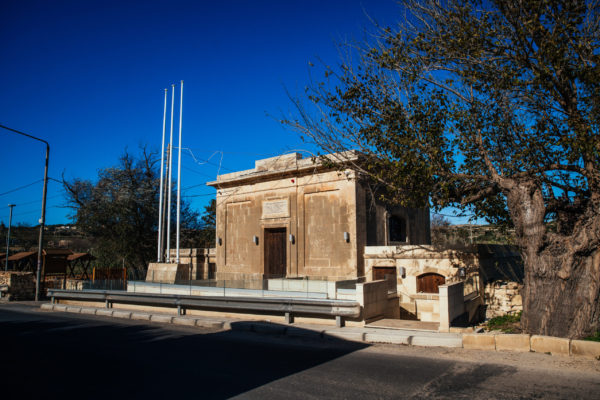The Valley
Qlejgħa
The Valley
The Valley
One of the many valleys in the area, Fiddien, connects Liemu Valley and Qlejgħa Valley. This eventually forms part of the Chadwick Lakes area, where a system of catchment areas keeps water run-off from escaping quickly into the sea. The water is stored for irrigation purposes.
The stretch of the Fiddien valley from the point where it crossed the Rabat to Binġemma Road down to the crossing of the Mdina to St Paul’s Road, is now known as the Chadwick Lakes and flows into the Qlejgħa Valley. The lakes have been formed due to the construction of a number of dams, of different sizes and shapes.
Fiddien and the surrounding area is a beautiful valley with flowing water, a number of aquatic plants and animals, and an olive grove in the fields above. There are present poplar trees as well as canes, very important trees, especially noticing them in their natural environment. This is also the natural habitat of the only Maltese amphibian, the painted frog.
Historically the name of Wied Qlejgħa is first mentioned in a document dating to 1488. This was mentioned in a notarial document, dealing with fields in the area. The word has been suggested to refer to a small fort, thus the valley of the small fort.
The valley has always provided the necessary amount of water to the farmers located nearby, as a number of springs flow through its valley bed. This helped in being identified as a good source of water for Valletta, during the planning of the Wignacourt aqueduct. Eventually, during the 19th century, it was the turn of Sir Osbert Chadwick (1844-1913) to be asked to coordinate a water supply system for Malta. During the second half of the 19th century, the population in Malta continued to increase, and this led to an understanding that there was needed a serious plan to provide enough water to the population.
Further studies and work were continued after the departure of Chadwick. In 1916 the Governor of Malta enlisted the help of Colonel J. C. Robertson and Mr Carmel Rizzo to continue to study the possibility of increasing the amount of water for the ever-increasing population in Malta. Rizzo was given more responsibilities due to his continuous studies in relation to the water supply in Malta.
The valley continued to provide the necessary fresh water to the farmers of the area and becoming a popular place for families to visit
Water Infrastructure
This area was always considered as one of the best areas for the source of fresh-water springs. The location of nearby Mdina and Rabat, the main urban centres of Malta since antiquity, led to the need to identify sources of water. The number of natural springs present here, were already utilized by the Romans, and eventually the Arabs. Ancient earthenware pipes were discovered while excavating trenches for the aqueduct. Stone canals, as well as some underground passages were identified during the preparatory excavations for the Wignacourt Aqueduct. These ancient works were once more identified during the 19th century. The names of several springs and fields in the area are clearly of Semitic origin, thus indicating that the Arabs made use of the springs for their needs.
At the start of the Chadwick Lakes Trail there is the Fiddien Box, which was one of the gauging chambers that were built during the governorship of Sir Leslie Rundle. Along the trail one would notice the various types of dams that were erected and recently re-discovered and restored. These dams were built to follow the contours of the middle globigerina limestone, which is clayey.
Wignacourt Aqueduct was the result of the need to bring fresh water to the newly built city of Valletta.
It was Grand Master Martino Garzes (1595-1601) who initiated the idea of the building of an aqueduct. First attempt was not carried out, due financial considerations. Eventually it was during the magistracy of Grand Master Alof de Wignacourt (1601-1622) that the idea was brought up once again. The whole project of the aqueduct was conducted in two phases. The first part of the project was designed and built under the direction of the Jesuit priest from Messina, Fr Natale Tomasucci, which was in the Qlejgħa Valley area. The second part was designed and built by the Bolognese engineer Bontadino de` Bontadini.
Tomasucci’s work can still be admired, through the number of underground passages that were excavated, indicating the start of the whole aqueduct system. These underground passages continued to be in use till the 1970s, when iron pipes were added to make sure that the water being conveyed would not be contaminated in any way.
Explore
Dos and Don’t’s
This trail provides a unique opportunity to visitors to enjoy a natural valley system, through a number of interesting features. The start of the trail from the Fiddien Box, leads one to a number of differently built dams and bridges, besides the various flora and fauna that are met here. In order to enjoy and preserve all of this, one needs to take care to follow basic rules.
The first part of the trail provides a place where children can play in a safe place and surrounded by the natural environment. It is hoped that this will entice them to walk and discover the trail. Along the trail there are 26 information panels, highlighting the various details and interesting facts that are of historical and environmental importance.
One of the most important suggestions when in the countryside is to respect the environment and the locals. Take as many photos as you like, but do not take anything else – do not pick up flowers and other plants.
Photos provide one with a memory of the enjoyable time that one had spent in the countryside. Make use of photos to encourage others to appreciate the beauty of the area.
Respect the people that live and work in the countryside. They earn their living from the same fields and the environment that one is visiting. Be friendly and respectful.
It is best if one remains in the indicated path. The surrounding fields are private property, and therefore one is not allowed to enter.
Take care not to damage crops in the fields.
Do not move stones from rubble walls. These are an integral part of the environment. They are needed to retain the soil, moving them will allow precious soil to be lost.
Keep dogs under control. It is important to remember that other visitors might be frightened by dogs.
Leave all the natural places as you find them, and do not pick up flowers or plants. Never uproot plants as they are lost forever.
Do not pollute the watercourse, and neither throw anything in the water. Some of this water is used by the farmers.
Never leave your litter behind. Make sure to take any litter with you. Glass, tins and plastic bags can also be dangerous in the countryside, and to others.
Silence, and the use of a lower voice, is a sign of education.
Wear suitable clothes and footwear, according to the weather.
Explore
The Valley
One of the many valleys in the area, Fiddien, connects Liemu Valley and Qlejgħa Valley. This eventually forms part of the Chadwick Lakes area, where a system of catchment areas keeps water run-off from escaping quickly into the sea. The water is stored for irrigation purposes.
The stretch of the Fiddien valley from the point where it crossed the Rabat to Binġemma Road down to the crossing of the Mdina to St Paul’s Road, is now known as the Chadwick Lakes and flows into the Qlejgħa Valley. The lakes have been formed due to the construction of a number of dams, of different sizes and shapes.
Fiddien and the surrounding area is a beautiful valley with flowing water, a number of aquatic plants and animals, and an olive grove in the fields above. There are present poplar trees as well as canes, very important trees, especially noticing them in their natural environment. This is also the natural habitat of the only Maltese amphibian, the painted frog.
Historically the name of Wied Qlejgħa is first mentioned in a document dating to 1488. This was mentioned in a notarial document, dealing with fields in the area. The word has been suggested to refer to a small fort, thus the valley of the small fort.
The valley has always provided the necessary amount of water to the farmers located nearby, as a number of springs flow through its valley bed. This helped in being identified as a good source of water for Valletta, during the planning of the Wignacourt aqueduct. Eventually, during the 19th century, it was the turn of Sir Osbert Chadwick (1844-1913) to be asked to coordinate a water supply system for Malta. During the second half of the 19th century, the population in Malta continued to increase, and this led to an understanding that there was needed a serious plan to provide enough water to the population.
Further studies and work were continued after the departure of Chadwick. In 1916 the Governor of Malta enlisted the help of Colonel J. C. Robertson and Mr Carmel Rizzo to continue to study the possibility of increasing the amount of water for the ever-increasing population in Malta. Rizzo was given more responsibilities due to his continuous studies in relation to the water supply in Malta.
The valley continued to provide the necessary fresh water to the farmers of the area and becoming a popular place for families to visit
Water Infrastructure
This area was always considered as one of the best areas for the source of fresh-water springs. The location of nearby Mdina and Rabat, the main urban centres of Malta since antiquity, led to the need to identify sources of water. The number of natural springs present here, were already utilized by the Romans, and eventually the Arabs. Ancient earthenware pipes were discovered while excavating trenches for the aqueduct. Stone canals, as well as some underground passages were identified during the preparatory excavations for the Wignacourt Aqueduct. These ancient works were once more identified during the 19th century. The names of several springs and fields in the area are clearly of Semitic origin, thus indicating that the Arabs made use of the springs for their needs.
At the start of the Chadwick Lakes Trail there is the Fiddien Box, which was one of the gauging chambers that were built during the governorship of Sir Leslie Rundle. Along the trail one would notice the various types of dams that were erected and recently re-discovered and restored. These dams were built to follow the contours of the middle globigerina limestone, which is clayey.
Wignacourt Aqueduct was the result of the need to bring fresh water to the newly built city of Valletta.
It was Grand Master Martino Garzes (1595-1601) who initiated the idea of the building of an aqueduct. First attempt was not carried out, due financial considerations. Eventually it was during the magistracy of Grand Master Alof de Wignacourt (1601-1622) that the idea was brought up once again. The whole project of the aqueduct was conducted in two phases. The first part of the project was designed and built under the direction of the Jesuit priest from Messina, Fr Natale Tomasucci, which was in the Qlejgħa Valley area. The second part was designed and built by the Bolognese engineer Bontadino de` Bontadini.
Tomasucci’s work can still be admired, through the number of underground passages that were excavated, indicating the start of the whole aqueduct system. These underground passages continued to be in use till the 1970s, when iron pipes were added to make sure that the water being conveyed would not be contaminated in any way.
Explore
Dos and Don’t’s
This trail provides a unique opportunity to visitors to enjoy a natural valley system, through a number of interesting features. The start of the trail from the Fiddien Box, leads one to a number of differently built dams and bridges, besides the various flora and fauna that are met here. In order to enjoy and preserve all of this, one needs to take care to follow basic rules.
The first part of the trail provides a place where children can play in a safe place and surrounded by the natural environment. It is hoped that this will entice them to walk and discover the trail. Along the trail there are 26 information panels, highlighting the various details and interesting facts that are of historical and environmental importance.
One of the most important suggestions when in the countryside is to respect the environment and the locals. Take as many photos as you like, but do not take anything else – do not pick up flowers and other plants.
Photos provide one with a memory of the enjoyable time that one had spent in the countryside. Make use of photos to encourage others to appreciate the beauty of the area.
Respect the people that live and work in the countryside. They earn their living from the same fields and the environment that one is visiting. Be friendly and respectful.
It is best if one remains in the indicated path. The surrounding fields are private property, and therefore one is not allowed to enter.
Take care not to damage crops in the fields.
Do not move stones from rubble walls. These are an integral part of the environment. They are needed to retain the soil, moving them will allow precious soil to be lost.
Keep dogs under control. It is important to remember that other visitors might be frightened by dogs.
Leave all the natural places as you find them, and do not pick up flowers or plants. Never uproot plants as they are lost forever.
Do not pollute the watercourse, and neither throw anything in the water. Some of this water is used by the farmers.
Never leave your litter behind. Make sure to take any litter with you. Glass, tins and plastic bags can also be dangerous in the countryside, and to others.
Silence, and the use of a lower voice, is a sign of education.
Wear suitable clothes and footwear, according to the weather.






















